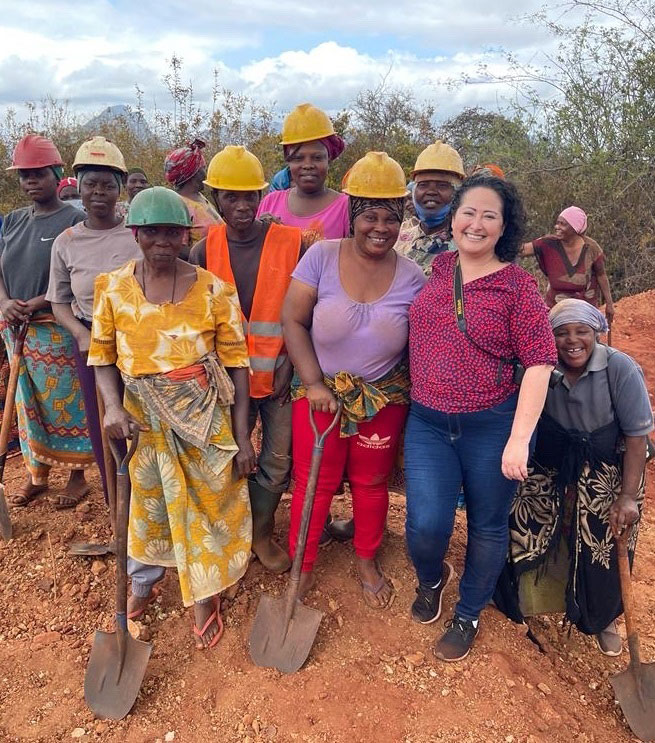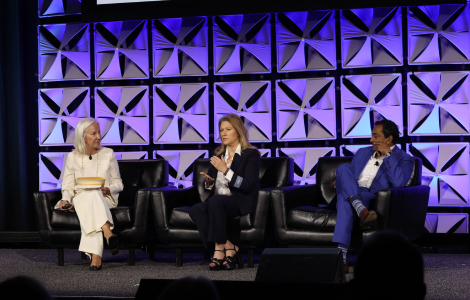Interview with Eva von Alvensleben, Executive Director and Secretary General, The Fashion Pact
How has gender equality been integrated into The Fashion Pact and the work you do?
As you know, our work at The Fashion Pact is directly linked to our common agenda based on a set of commitments across our three pillars Climate, Biodiversity and Oceans. We are conscious that environmental and social issues go together. We strive to ensure that the system change we want to bring is benefitting not only the environment but also the people working in that field.
Our general ambition is to encourage gender equality across our key stakeholders. Through projects we set up, we aim to work with consultancies, NGOs and conservation groups as well as cross-industry partners that support gender equality and diversity. For example, we are tracking this through our “Transforming the Fashion Sector with Nature Project”, a project funded by the Global Environment Facility (GEF). The GEF requires that we adhere to the “Gender Mainstreaming Plan” enabling us to track and monitor gender representation and activities throughout our work from staffing to committee make up, webinar and workshop attendees.
Finally, as a women-only team, The Fashion Pact Secretariat scores well! Globally there is still much to be done in terms of female representation at top leadership positions within fashion companies. When possible, we strive to highlight leading female voices from members in events & conferences.
How do you see the fashion industry taking on the topic of gender equality and what are some key priorities for you?
Women’s empowerment and gender issues have become mainstream topics across industries. Companies have increased their commitment to gender diversity in the past few years. Yet, progress is slow. According to the BOF State of Fashion 2023, less than 25% of all CEO appointments in the fashion industry in 2021 were women. Women make up the majority of the garment workers across the supply chain (from cotton fields to stores). We know that the effects of climate change disproportionately impact women. It is therefore essential for women to have a seat at the table in all aspects of climate decision-making. Generally speaking, including gender issues in sustainability strategies is key.
How has your personal journey been to date and what are your personal aspirations for the future?
Women’s empowerment is a cause close to my heart. I have experienced first-hand working in male-dominated fields, often being the only woman among a hundred consultants in my former life in a strategy consulting firm. Despite the progress in the past years in the fashion industry, much more needs to be done to achieve gender equality at every level of society and notably at work.
Today, more than ever I am conscious of the gender inequality at my level: in the fashion industry there are few women CEOs heading fashion companies. I aspire for more women in leadership positions in the fashion industry to ensure diversity of perspectives around the table. After all, the majority of fashion customers and audiences are women! In order for women to advance in leadership positions, we need to rethink our working systems, often not adapted to women. At The Fashion Pact we created a thriving environment enabling women to adapt and manage work-life balance.








